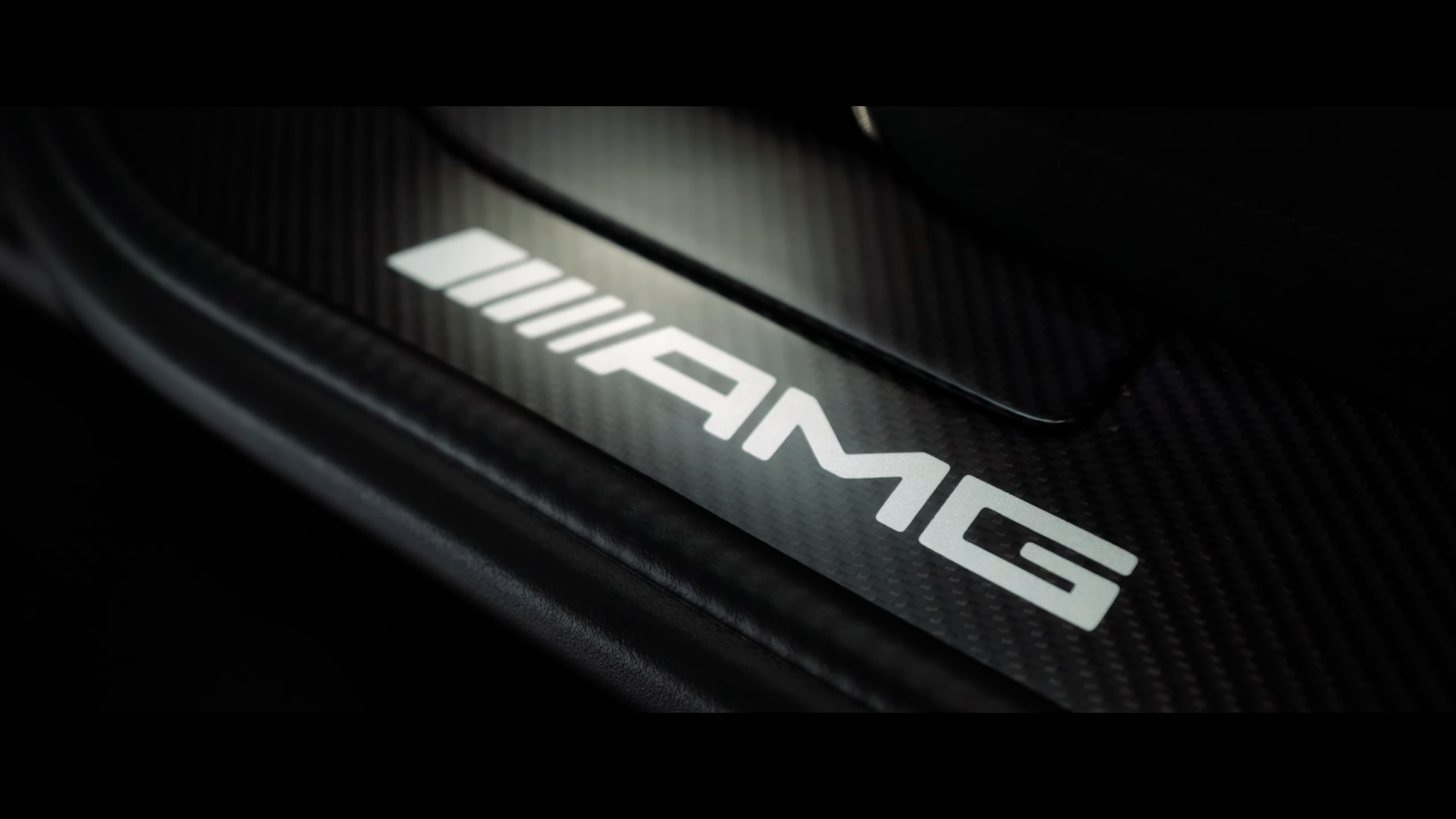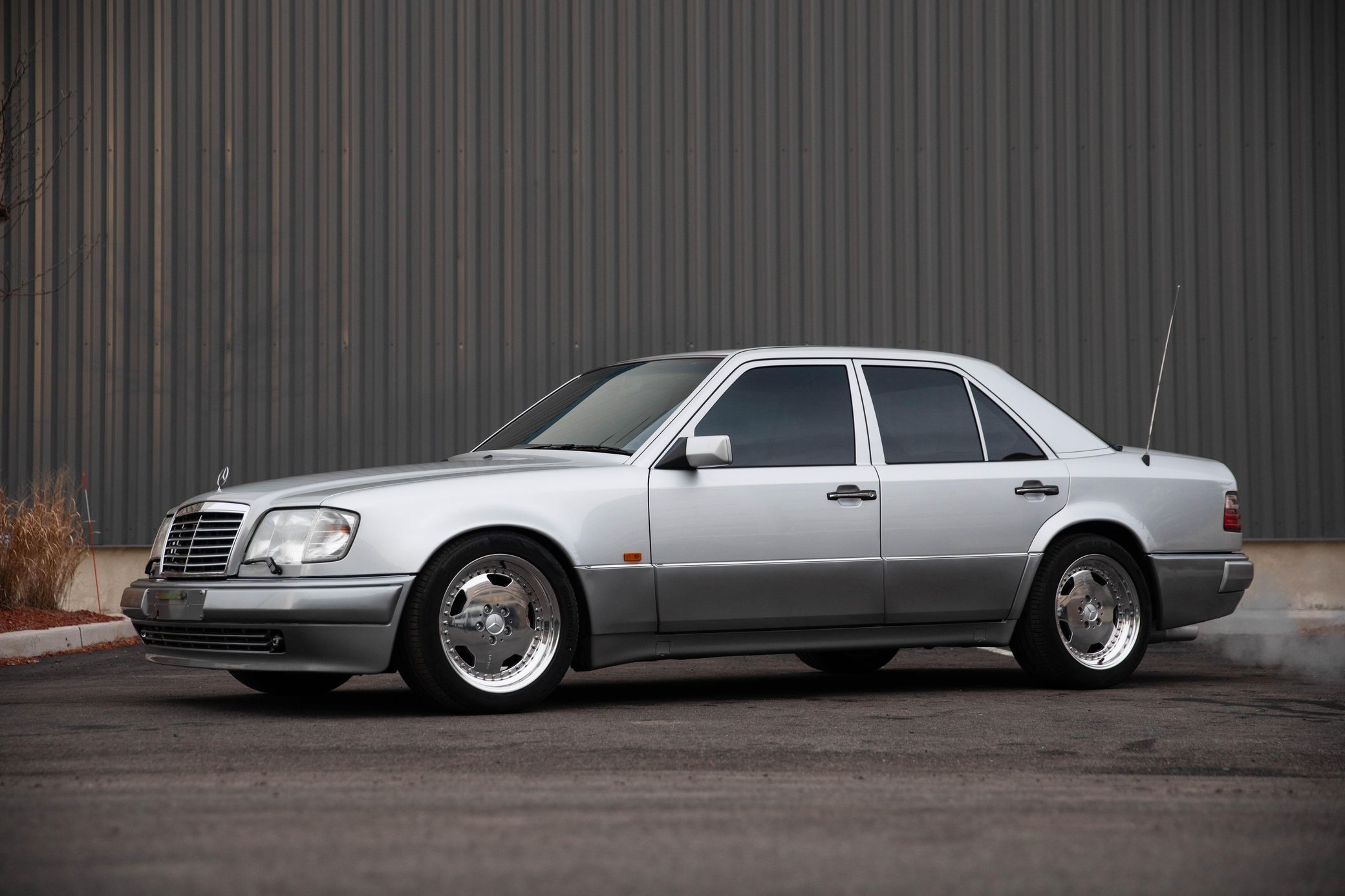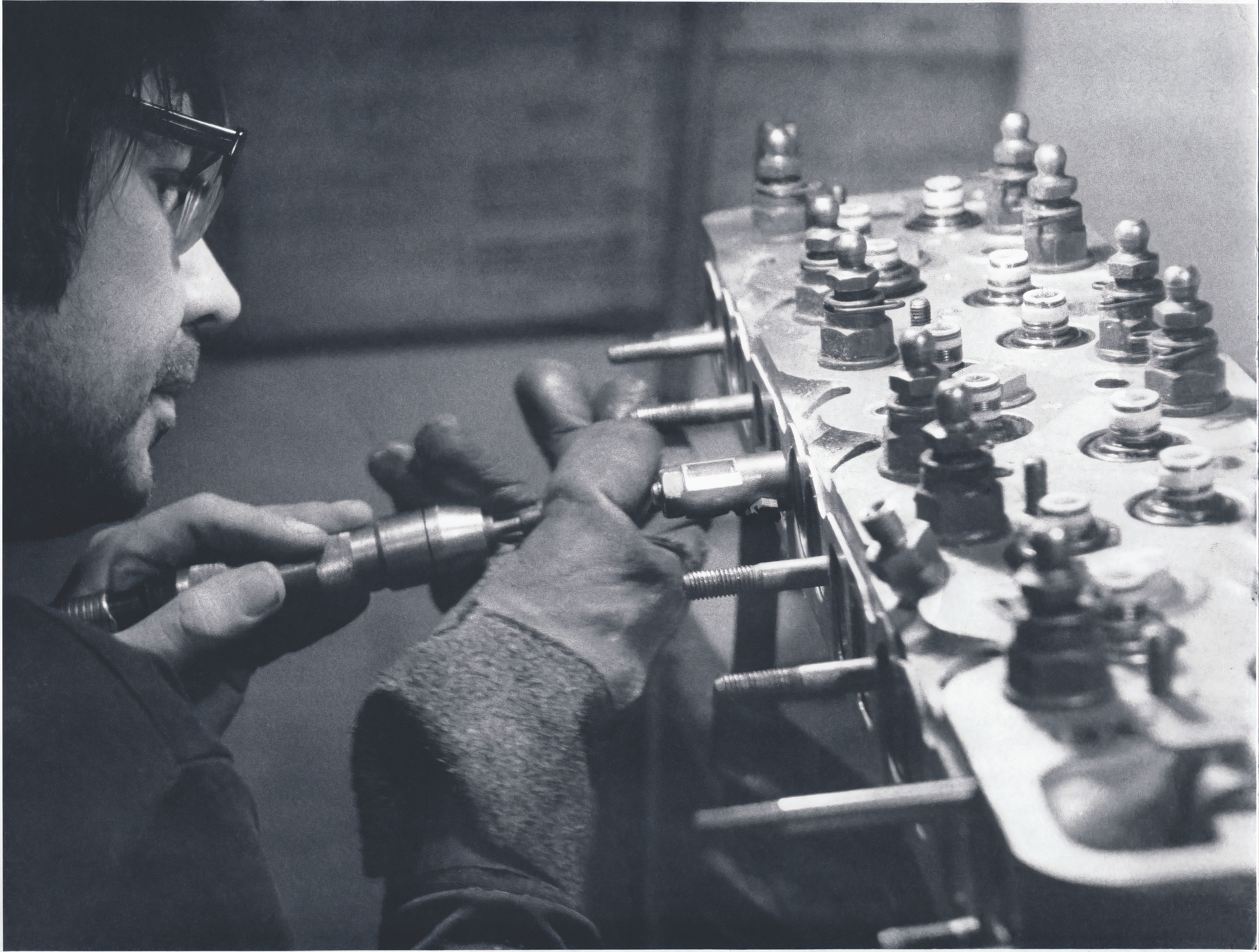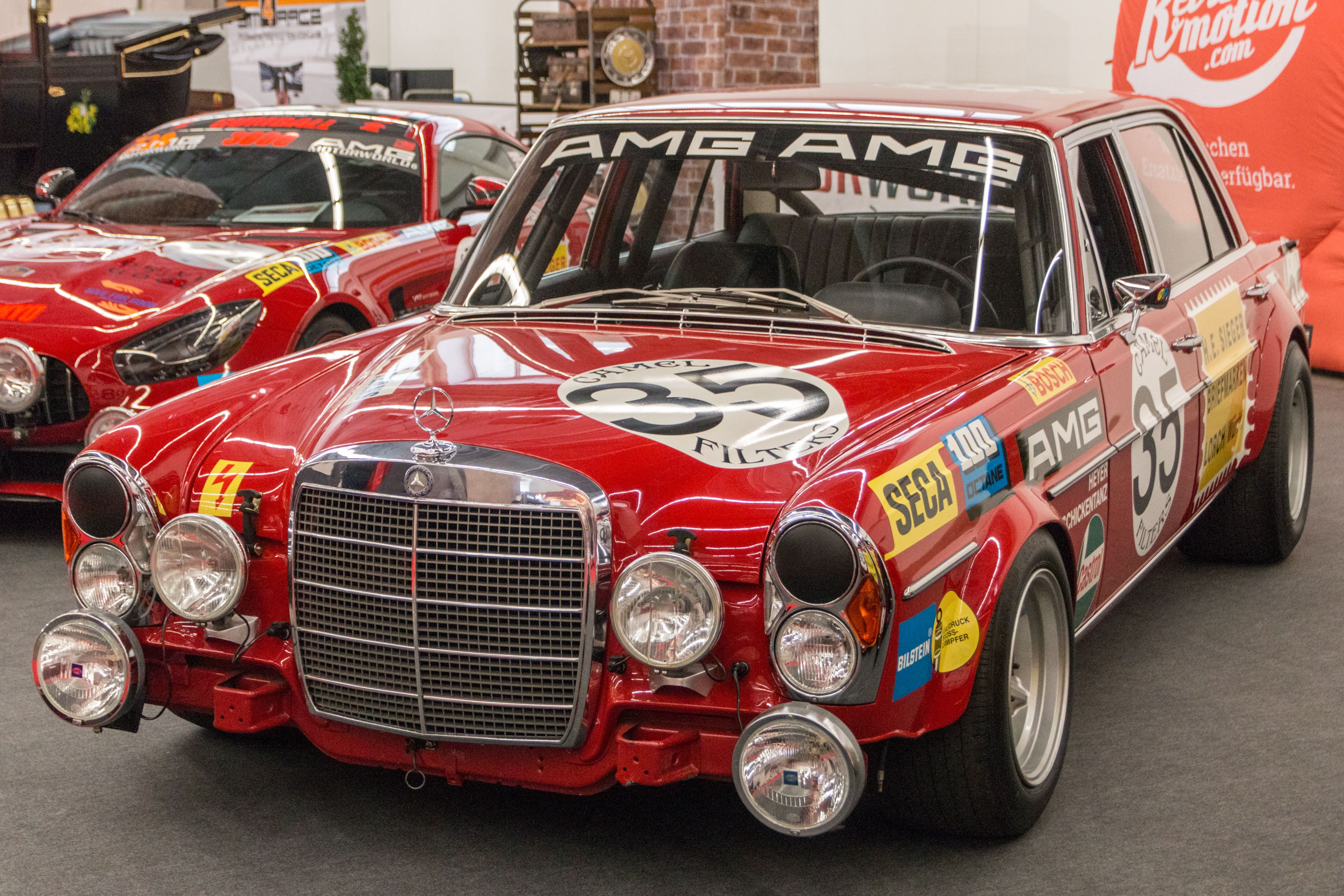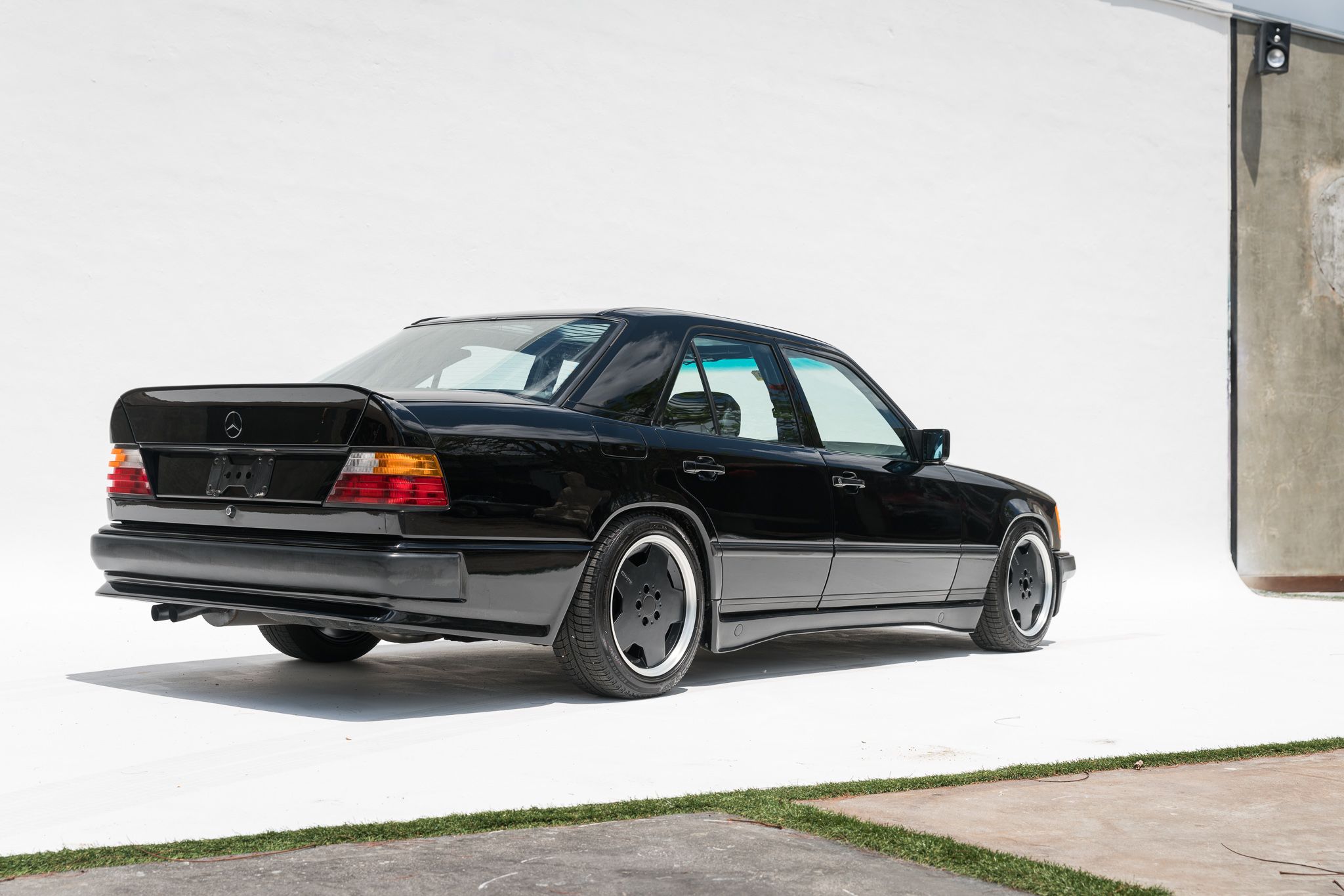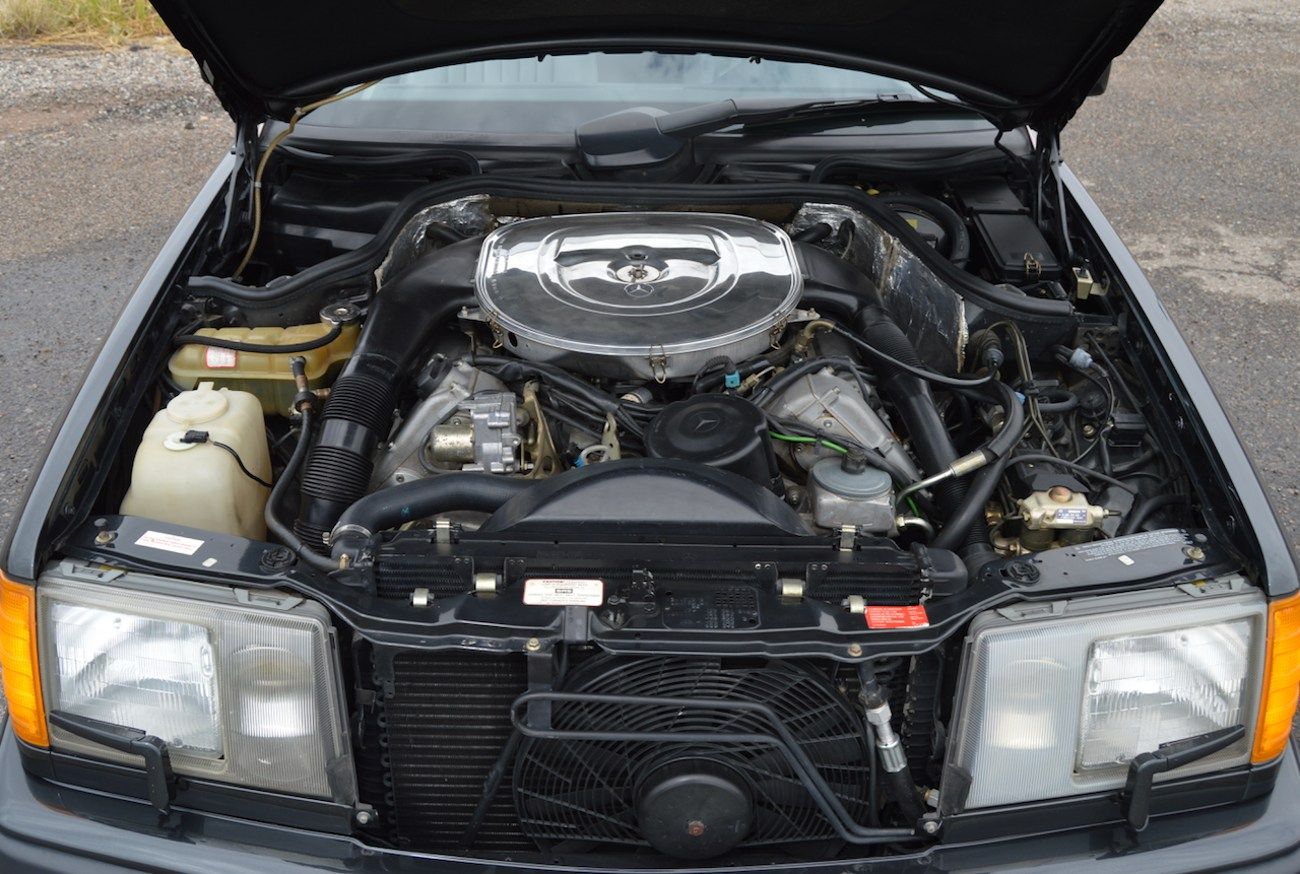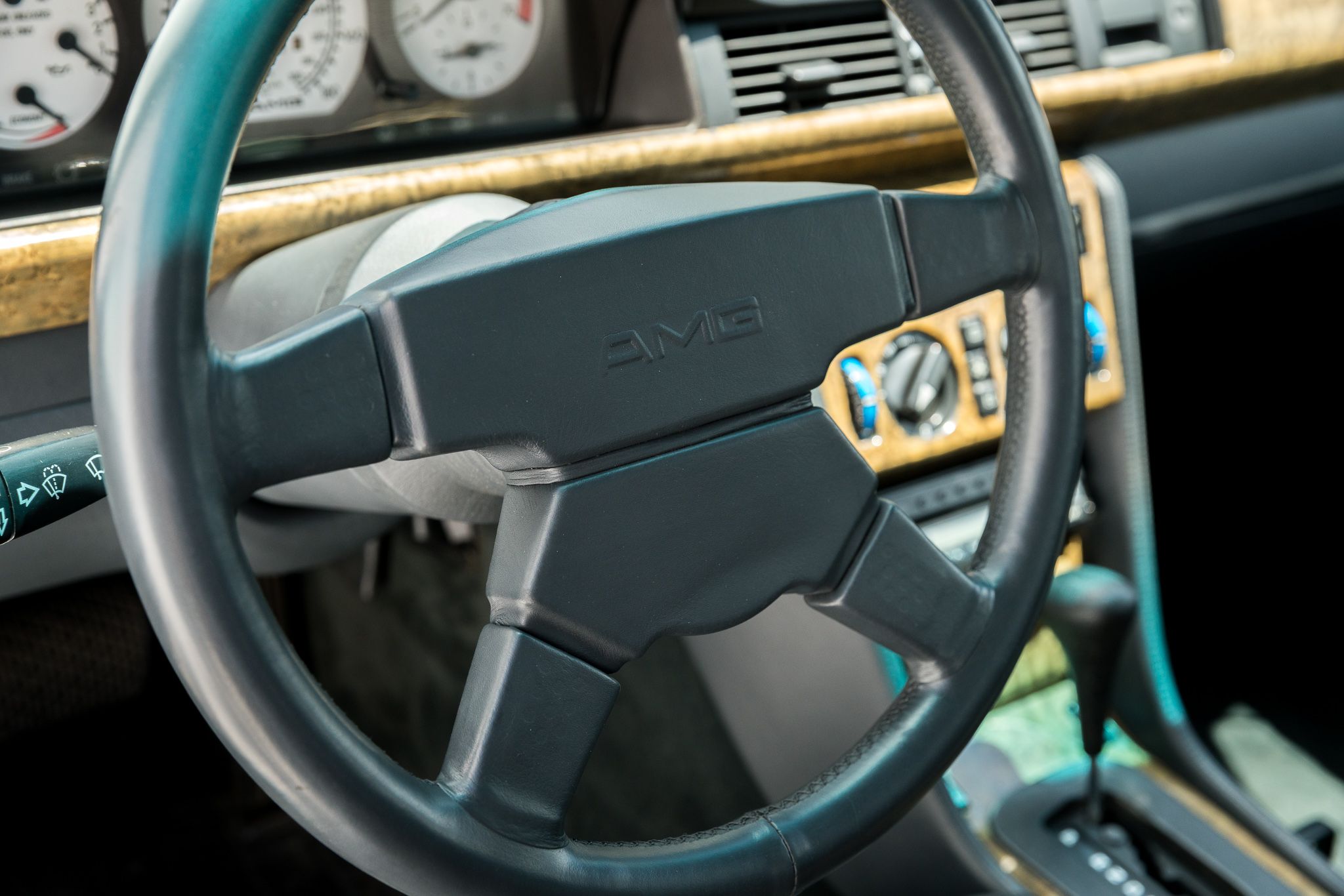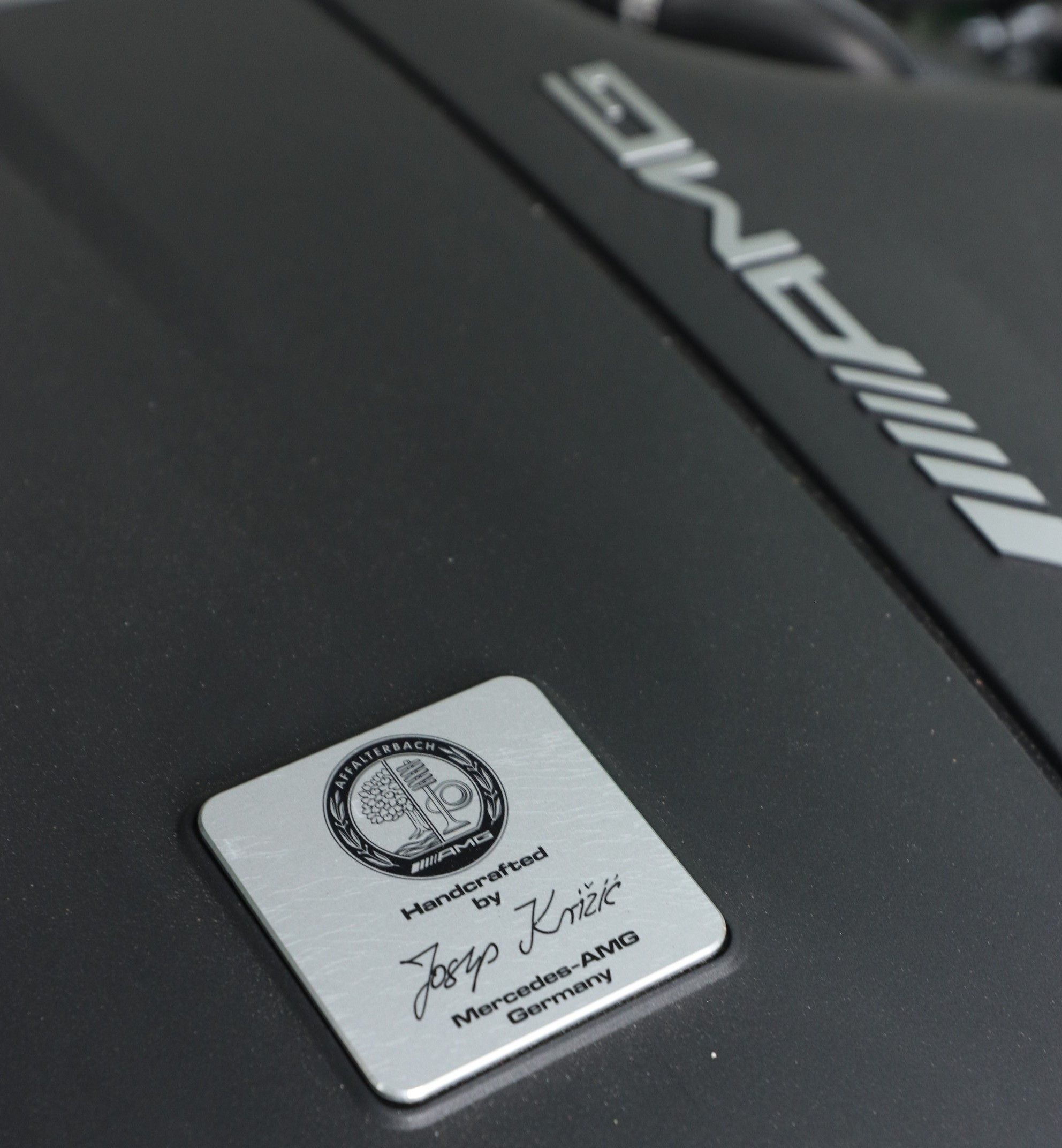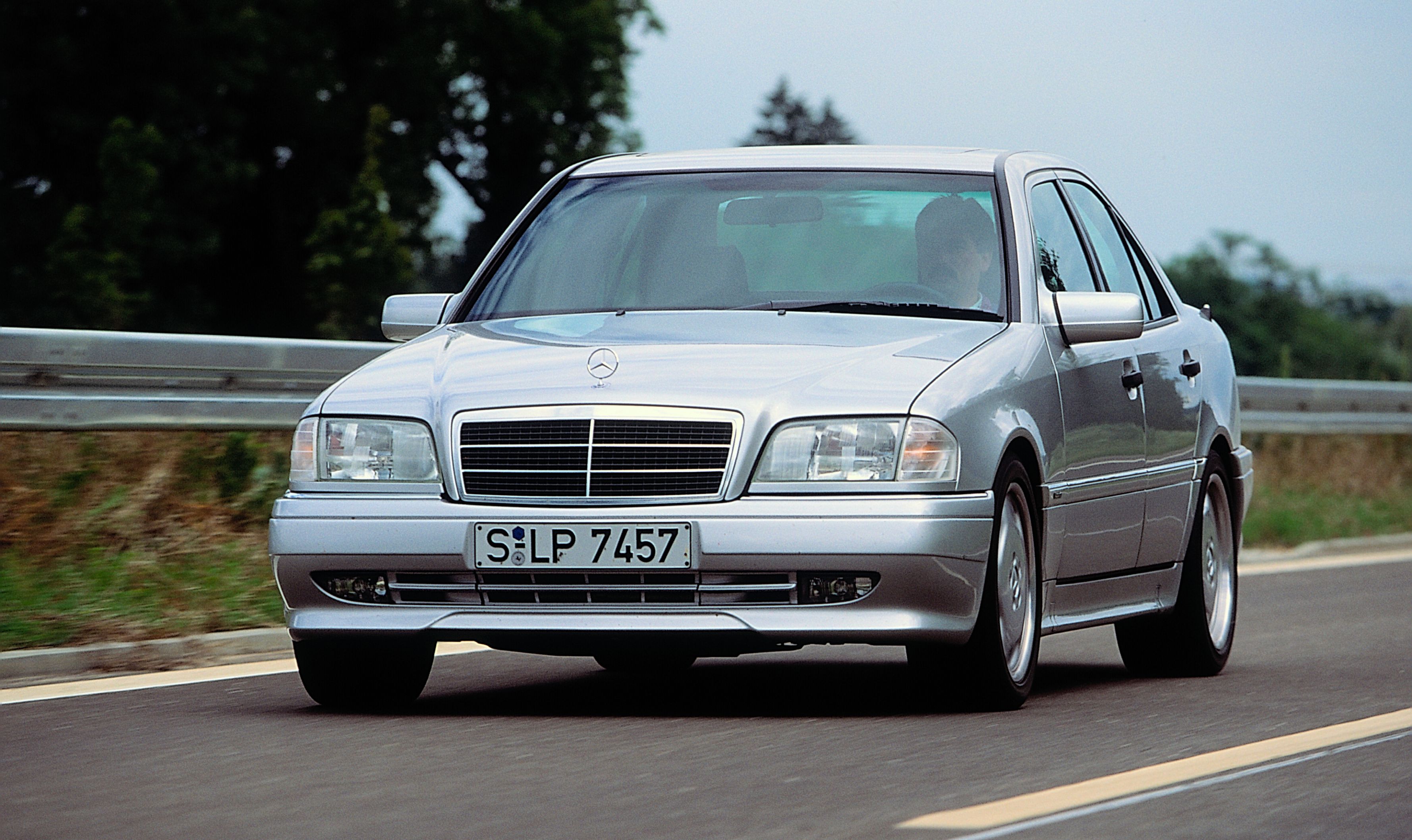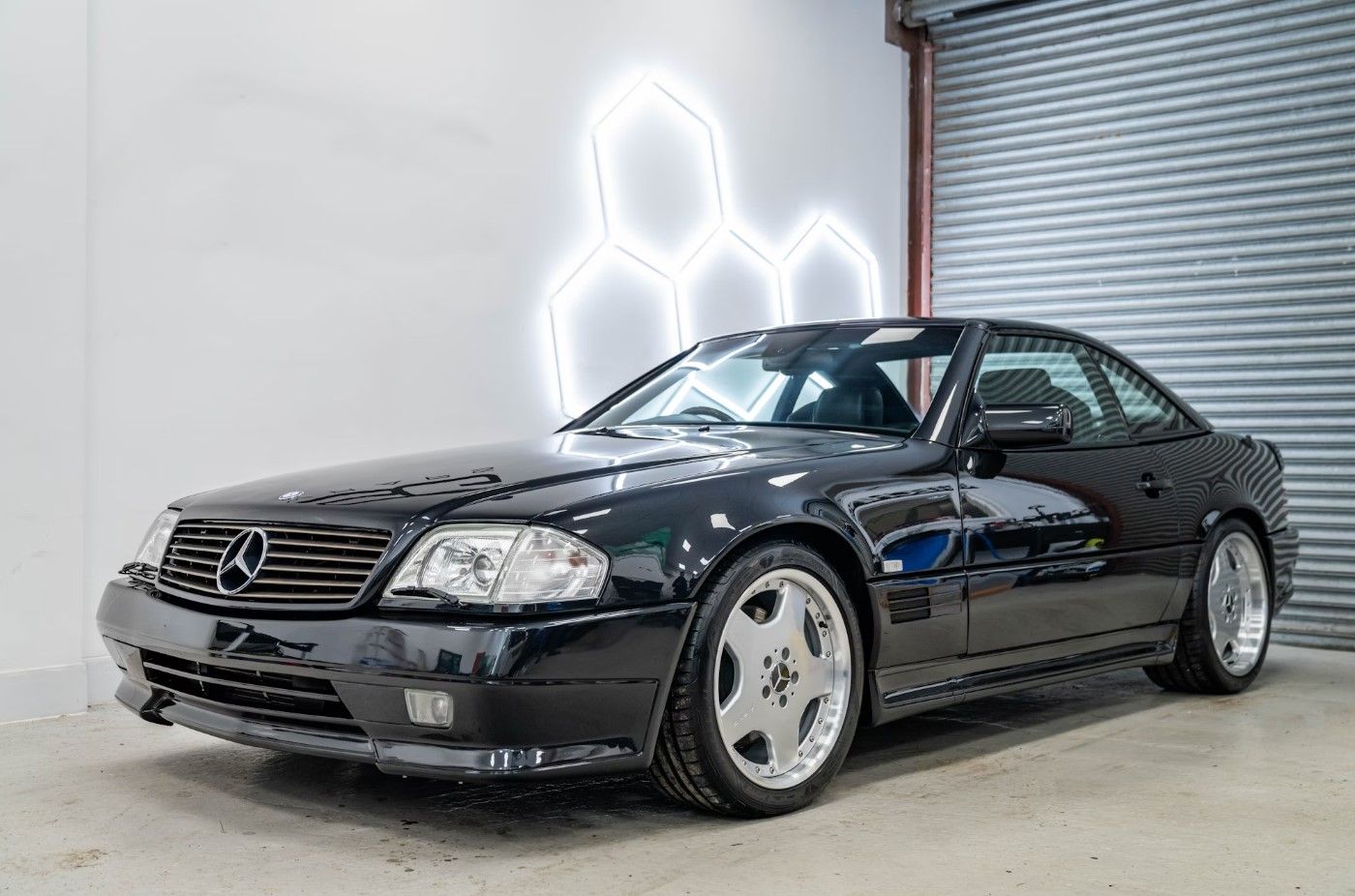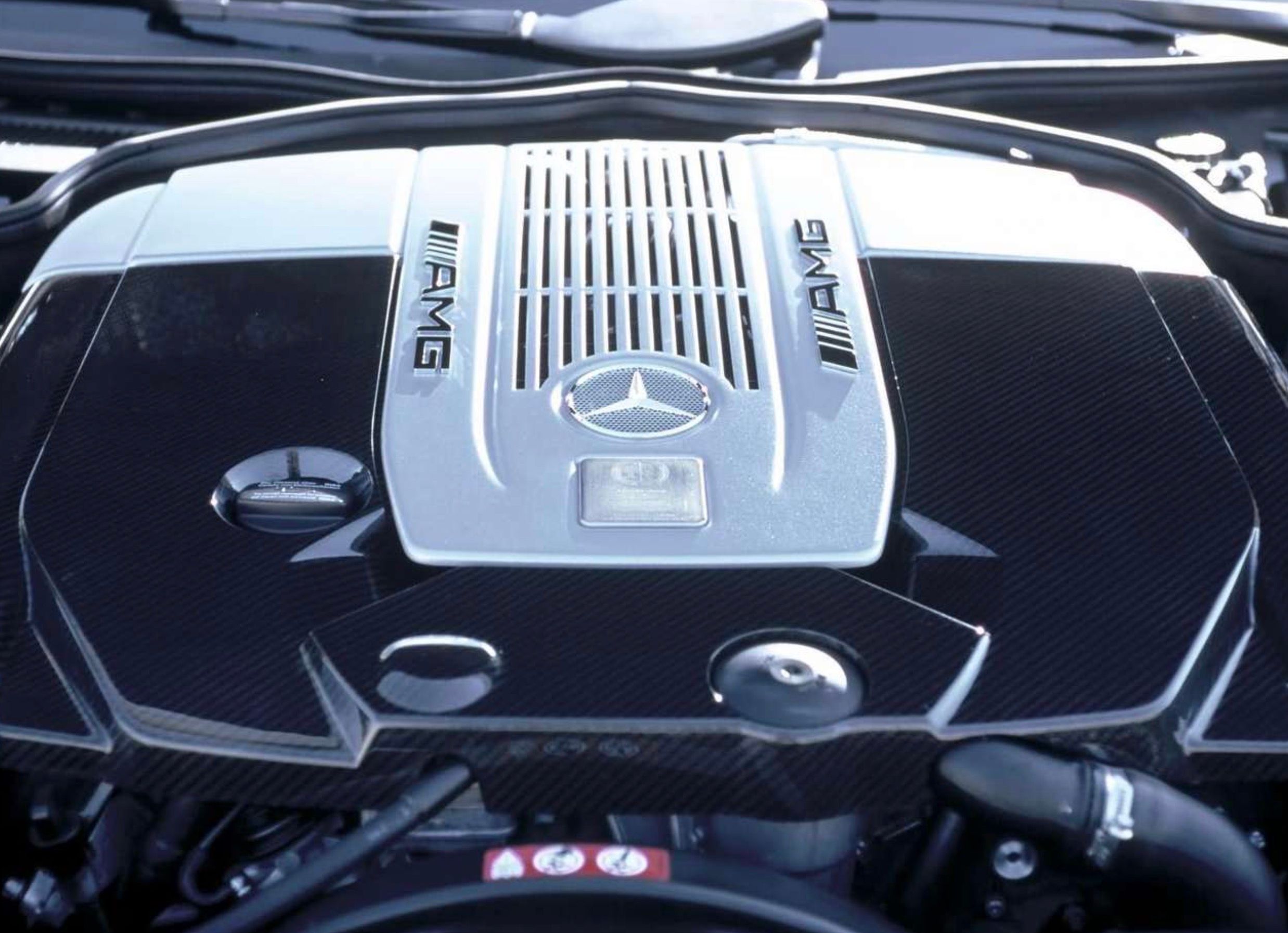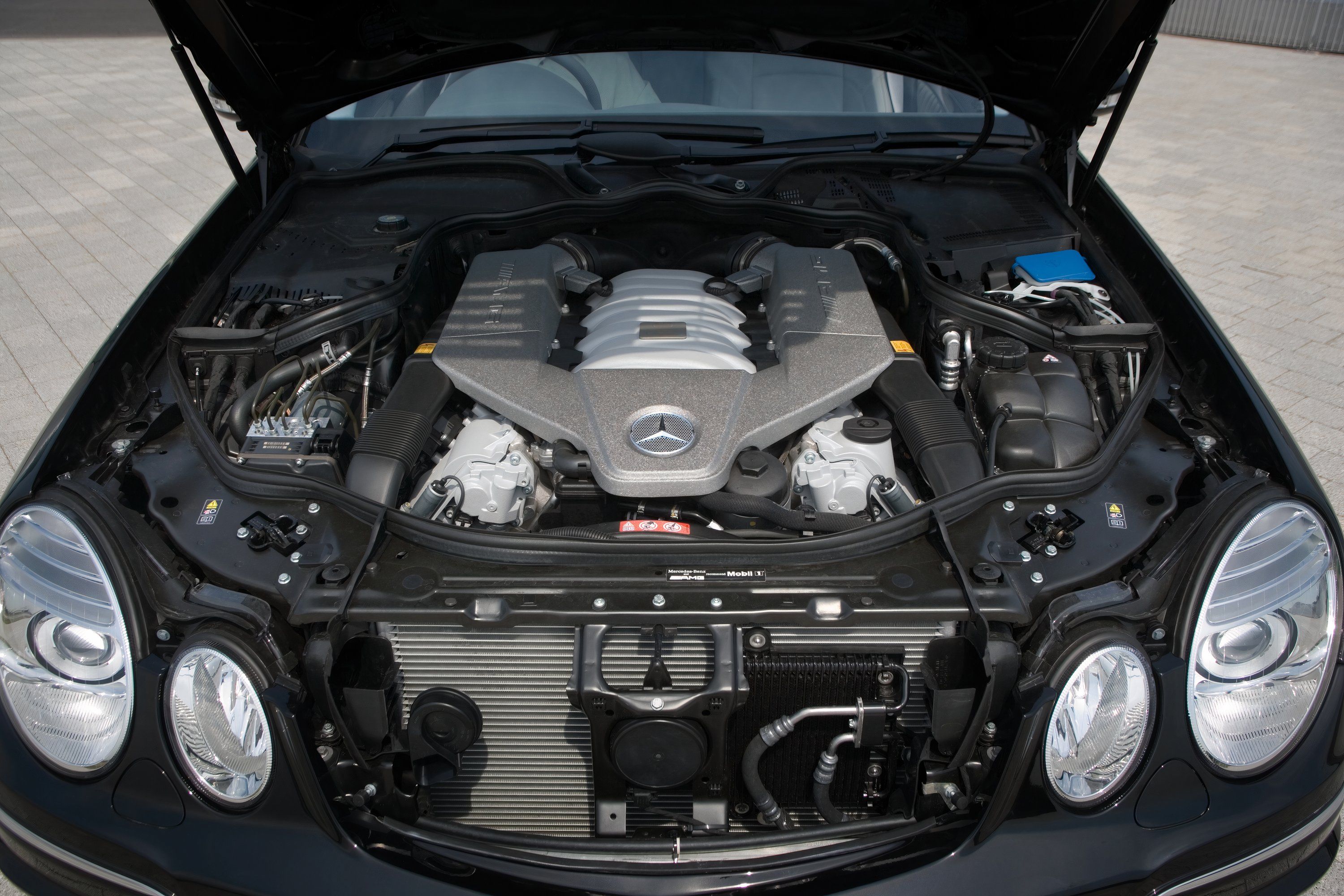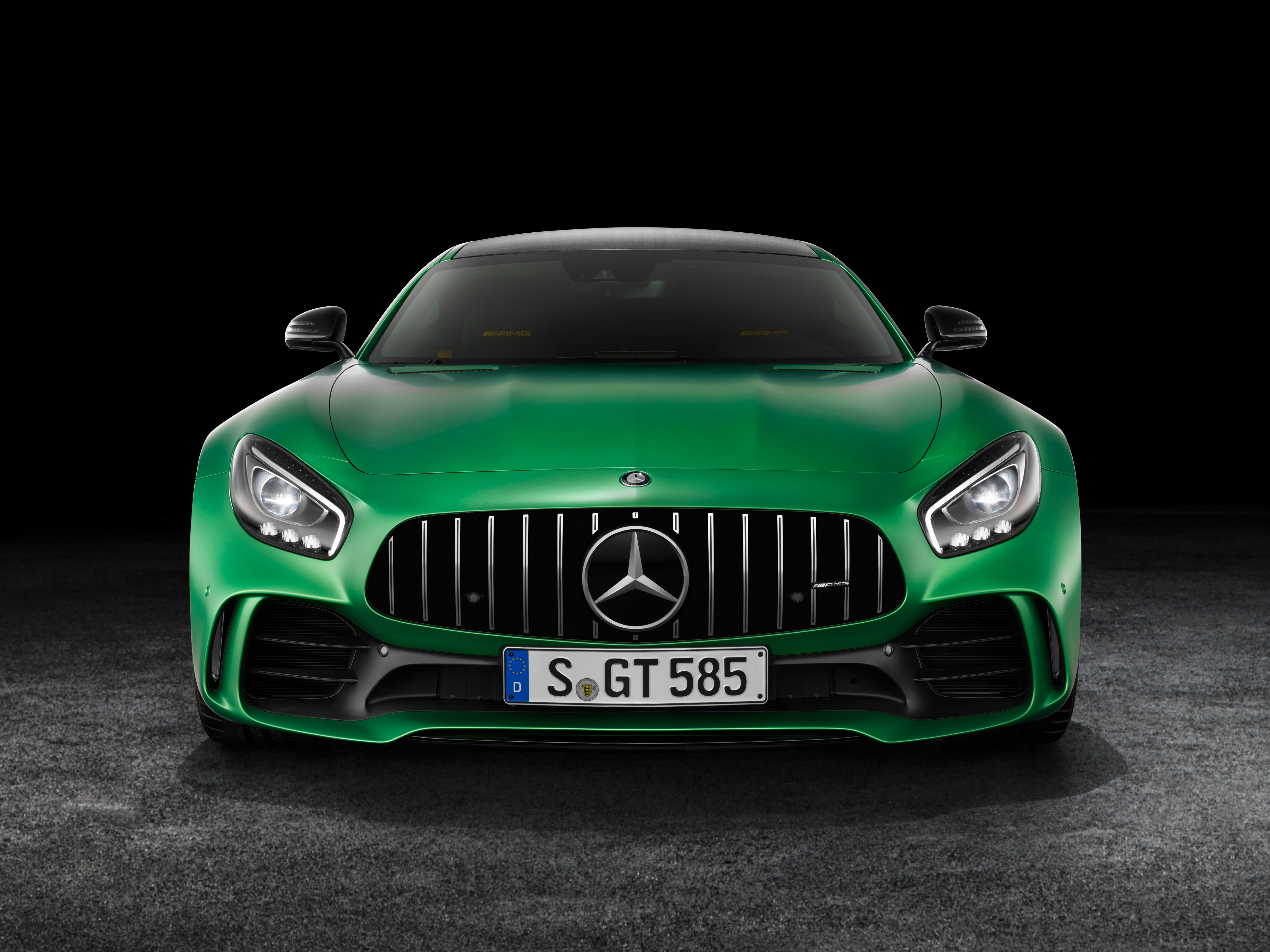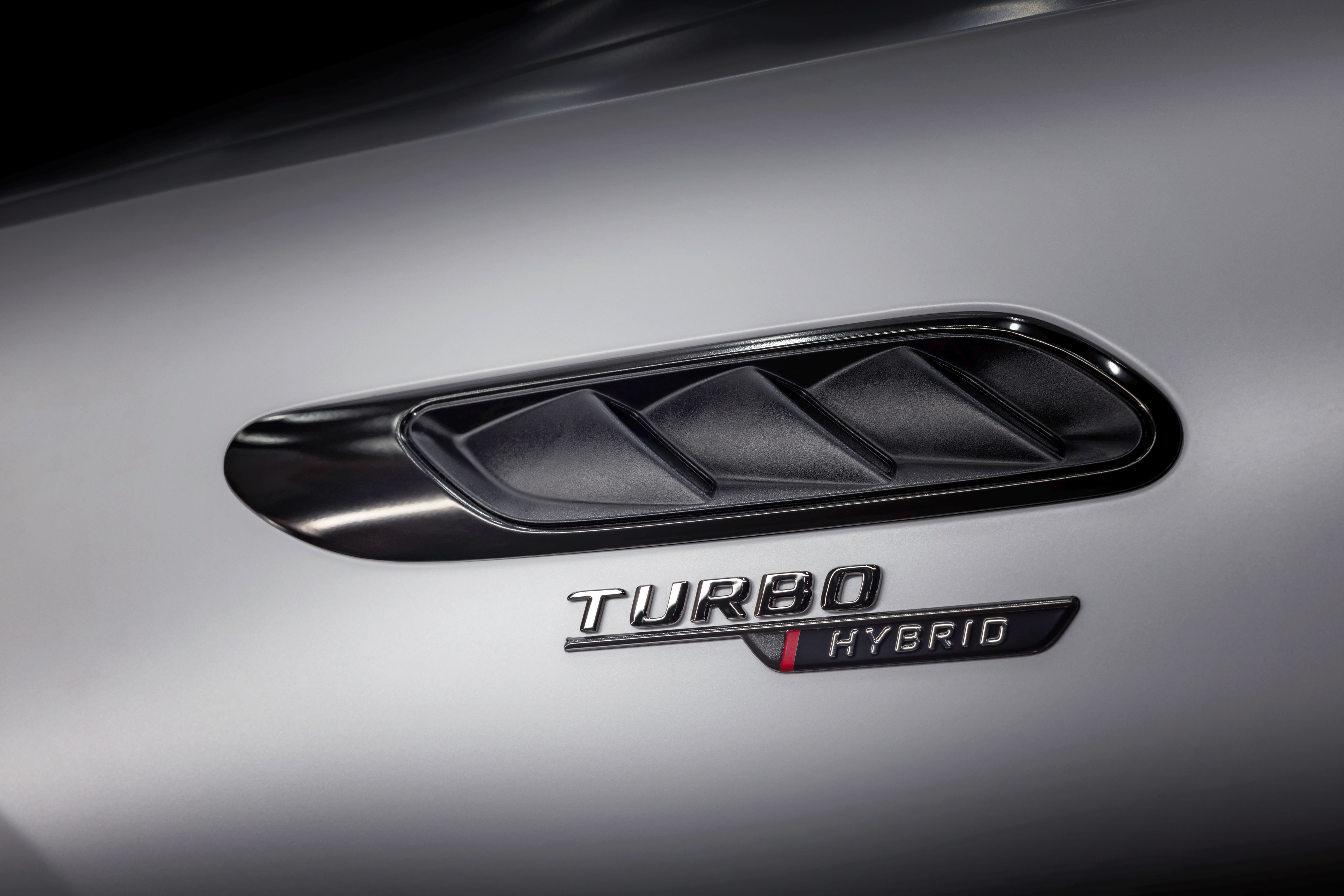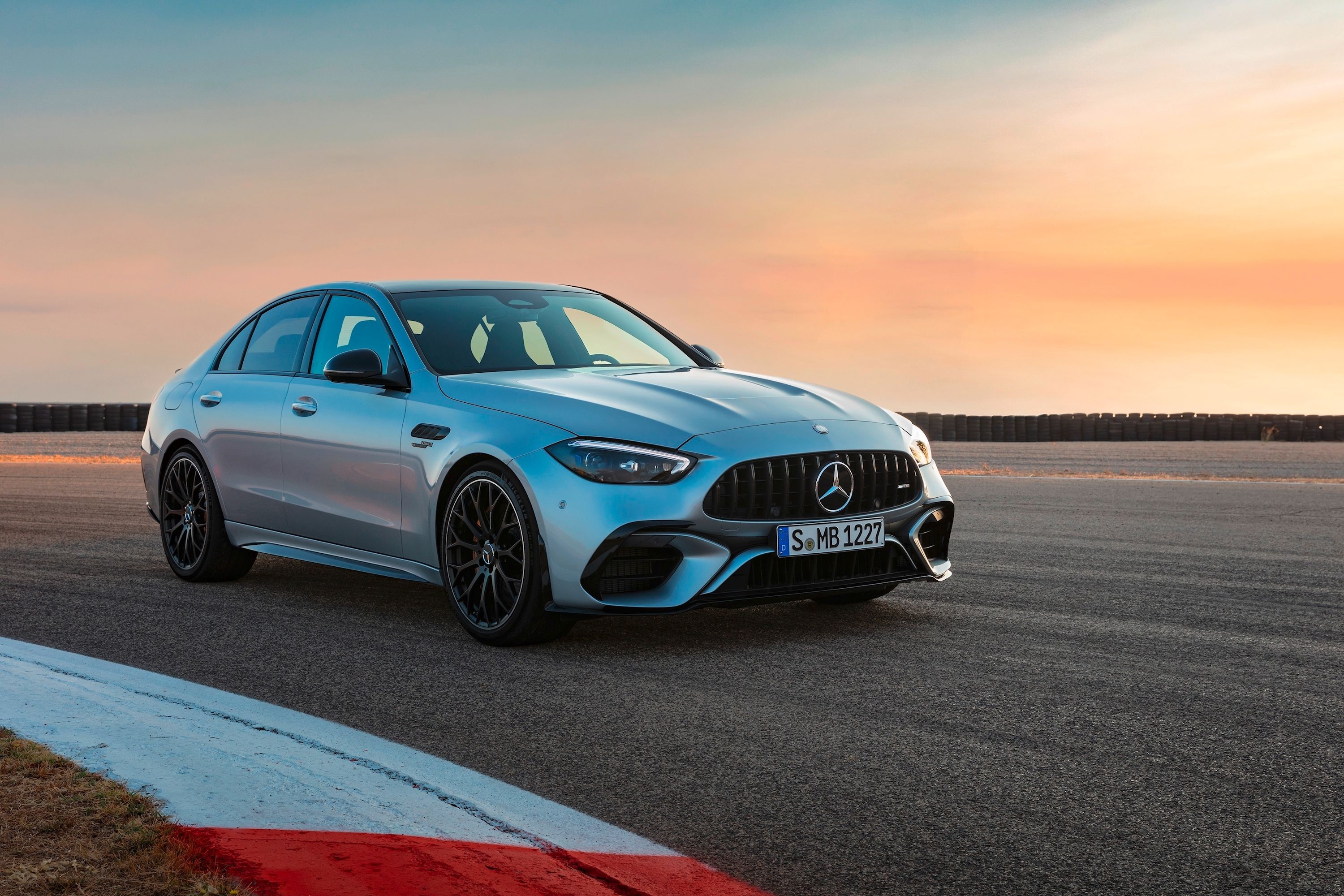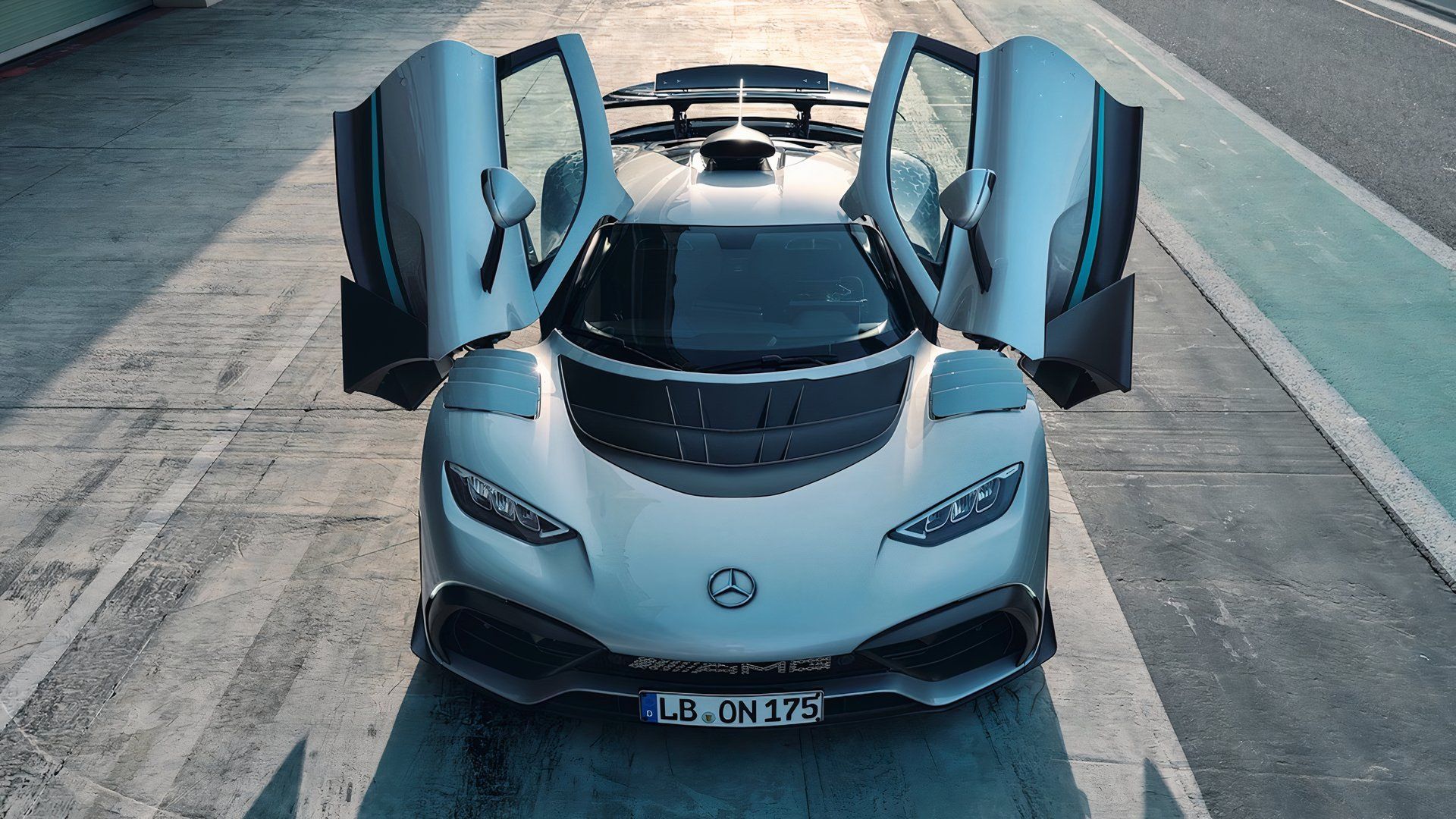rewrite this content between 1000 and 2000 words, add some value and keep HTML tags, translate to brazilian portuguese
Mention the letters ‘AMG’ to anyone, and the connection to high-performance Mercedes-Benz models instantly springs to mind. What does AMG stand for? In a nutshell, the brand has come to symbolize Mercedes models with class-leading performance and large-capacity engines. In their earlier years, these Mercs prioritized high horsepower over sporty handling, but these cars have gradually become more balanced through the years. Join us as we take a deep dive into the history and development of AMG, as it evolved from a private tuner to an integral part of the modern Mercedes-Benz product lineup.
Specifications have been sourced from Mercedes-Benz or Mercedes-AMG directly.
What Does AMG Mean On A Mercedes-Benz?
‘AMG’ in full is an abbreviation composed of the founders’ names: Hans Werner Aufrecht and Erhard Melcher. The name also links to their roots in Germany: A for Aufrecht, M for Melcher, and G in Großaspach, the town where Hans grew up.
All AMG models are based on the same production Mercedes-Benz models anyone can purchase but with several key differences. These range from unique AMG exterior features (wheels, body kits, badges), carefully designed leather interiors (occasionally paired with Alcantara material and carbon fibre), and AMG-specific body colors. But most significant of all, AMG models feature specially tuned engines and other performance-enhancing features that transform the acceleration and handling of these Mercedes models from their original forms, putting them in direct competition with similar models from the M Division (BMW) or ‘RS’ (Audi) portfolio of cars.

Add CarBuzz to your Google News feed.
The Early Years Of AMG
The foundation of AMG began with the work of two engineers: Hans Werner Aufrecht and Erhard Melcher. Both began at Mercedes, working on the 300 SE racing engine development program. The two engineers continued to work on the racing engine at Aufrecht’s house when Mercedes discontinued support for motorsports activities. The duo’s efforts resulted in the engine being used in one of the first Mercedes cars that participated in the German Touring Car championship – achieving victory ten times.
Aufrecht eventually left Mercedes-Benz to devote all of his time to growing AMG, persuading Melcher to join him as a business partner. The two then began operations in an industrial building in Burgstall, specializing in constructing and building engines for racing use.
The meaning of AMG rose to fame when their first efforts at modifying production Mercedes-Benz cars gained attention at the 1971 24 Hours of Spa race. AMG assisted with the engine tuning and development of a Mercedes 300 SEL sedan that participated in the race. Despite being a heavy luxury sedan, with its AMG-tuned 6.8L V8 engine, the 300 SEL gave much lighter rival cars some great competition – the AMG 300 SEL 6.8 won second place overall and dominated its vehicle class.
With AMG’s success in motorsports, Aufrecht and Melcher envisioned bringing these performance qualities to standard road Mercedes cars. AMG further grew as a business and company during the 1970s. More clients came forward, keen on efforts to customize and modify their standard road-going Mercedes cars, and make them perform, handle, and look better than in their original state. Growing to a medium-sized company with international clients now interested in AMG’s potential, allowed the tuner to move into its own dedicated workshop and office space in Affalterbach, where it is still headquartered to the present day.
AMG In The 1980s: The Hammer Arrives As World’s Fastest Passenger Sedan
The significance of AMG rose predominantly in the 1980s with the debut of its first full model built from scratch, and one of its most iconic: the Mercedes-Benz 300E 5.6 AMG – commonly known as the ‘Hammer’. This was a high-performance model of the 124-generation four-door sedan (W124), as well as the two-door hardtop coupe (C124). AMG transformed the regular 124 model into a beast that could conquer Autobahns, replacing the 300E’s original six-cylinder unit with an AMG-upgraded 5.6L M117 V8 engine, allowing a power upgrade to 355 hp. To keep the extra power down, the car received a limited-slip differential, Bilstein suspension, and a wider track with protruding side fenders.
The highlight of the 300E 5.6 AMG was the rated top speed. It could achieve up to 186 mph, the same top speed range of supercars such as the Ferrari Testarossa. AMG later added the option to increase the V8 engine displacement to six liters to increase the power and top speed further. The power delivery and acceleration, described as sledgehammer -like, was something many automotive journalists in the US raved about, leading to its ‘Hammer’ namesake.
This period within the AMG community is also known as the ‘pre-merger AMG era’. During these years, AMG still operated as an independent tuner – customers would be expected to take their standard Mercedes-Benz cars to an AMG workshop for all the enhancements (cosmetic and performance) to be installed, rather than buying a pre-made Mercedes-Benz car with the AMG parts already installed, or selected as factory-optional accessories.
|
Mercedes-Benz 300E 5.6 AMG Performance Specs |
|||
|
Engine |
5.6L M117 V8 |
||
|
Outputs |
355 hp, 388 lb-ft of torque |
||
|
Transmission |
4-Speed Automatic, Rear-Wheel Drive |
||
|
0-60 mph (est.) |
~ 5.0 seconds |
||
|
Top Speed |
~180 mph |
||
AMG In The 1990s: C36 AMG, SL 73, And Rebrand To Mercedes-AMG
Following the success of collaborating with Mercedes-Benz’s DTM (Deutsche Tourenwagen Masters) success in the 1980s, the bridge between Mercedes-Benz and AMG grew even closer when the two signed a contract that united the two companies into one. Post-merger, the performance brand was now known as Mercedes-AMG GmbH, with AMG models now assembled on the same production lines as standard Mercedes cars. AMG models also now benefited from being maintained and sold through Mercedes dealerships and service centers worldwide, as well as applicable brand warranties – being treated like any other regular Mercedes model.
The engines continued to be produced at AMG’s dedicated facility in Affalterbach. To this day, all AMG internal combustion engines are hand-assembled by the facility’s dedicated group of ‘master engine builders’, identified by their respective plaques left on each AMG engine that leaves the facility. This is one of many traditions to this day, that continue the brand’s philosophy of one man and one engine.
One of the first examples to leave the production line post-union was the C36 AMG, based on the W202-generation C-Class sedan. Additional examples of Mercedes-AMG models that debuted in this era included the R129 SL 73, W210 E55 AMG, and a more powerful successor to the C36 AMG, the C43 AMG. All continued to be characterized as AMG products by featuring large displacement engines, specially designed body kits adorned with AMG emblems, and various AMG wheel designs to make them look the part, ranging from the classic Monoblock to five-spoke alloy wheels.
AMG In The 2000s: Leading The Horsepower Wars
The new millennium defined Mercedes-AMG as entering another stage in its product lineup and brand identity. Not only had the brand fully assimilated into Mercedes-Benz, now also sold new in showrooms directly to Mercedes customers, but AMG models now serve as the top-line, fully loaded trim level for various models.
This was not limited solely to the standard equipment or luxuries onboard. Mercedes-AMG ensured these top-spec models led in one major department: horsepower, and often to excess. These were evident in the various ways AMG attempted to shoehorn big-displacement V8 or V12 engines into almost every Mercedes-Benz model imaginable, including the following models:
AMG models during the 2000s were notable for difficulties putting their massive amounts of horsepower down on the road, with many reviews and motoring journalists commenting that the rear tires would easily break grip at even the smallest push of the accelerator pedal. But they truly delivered straight-line thrills and acceleration figures that made them serious competitors against other contenders from America and Europe at the time.
AMG In The 2010s: From Hot Rods To Track Stars
After chasing big horsepower numbers, Mercedes-AMG moved towards engineering cars that could not only be fast in a straight line, but also agile through corners and on track. The 2010s era of AMG models saw the debut of successors to the CLK AMG Black Series, as AMG aimed to elevate the exclusive ‘Black Series’ lineup to the next stage. These resulted in the creation of the SL 65 Black Series, the SLS AMG Black Series, and the 204-generation C63 AMG in its ultimate form, the C63 AMG Coupe Black Series.
The AMG GT coupe arrived in this decade, including a track-focused variant called the AMG GT R, with a significant amount of research and development done at the famous Nürburgring Nordschleife circuit. The result was the AMG GT R, fittingly also made available in an appropriately-named paint finish named Green Hell Magno.
Powertrains that dominated AMG models of this era were turbocharged, as most of the AMG lineup moved away from natural aspiration to incorporate forced induction, due to stricter industry emissions and fuel economy standards. From the four-cylinder turbocharged unit utilized by the compact CLA and GLA 45 AMG models (which were, at the time, one of the most powerful four-cylinder engines in production), to the twin-turbocharged V8 engines used by the C63 AMG Coupe and AMG GT R models, Mercedes-AMG continued to evolve.
2020 – Present: Downsizing And Electrification Take Over
In the present day, Mercedes-AMG is undergoing yet another transition that affects every aspect of its product lineupm, from the powertrains to the cars themselves. Similar to other in-house tuning divisions within Audi and BMW, AMG is also experimenting with the application of electrification within their engines – from electrically-driven compressors that provide ‘EQ Boost’ functions, to PHEV (plug-in hybrid) technology and all-electric EV power.
This new direction to explore power and performance is not without controversy, most notably with the debut of the new C63 AMG sedan. Traditionally associated with a V8 engine under the hood, the latest C63 AMG features a significantly downsized powertrain – a 2.0L turbocharged four-cylinder plug-in hybrid setup. The combination of gas and electric power allows the C63 to achieve impressive numbers: 671 hp and 752 lb-ft of torque, to be exact. It may be quick, but the lack of a theatrical V8 soundtrack has been criticized by AMG purists.
Mercedes-AMG is also pushing efforts to apply the same performance touches to the EQ range of Mercedes cars with their own AMG-performance-focused variants. In addition, the development of the Mercedes-AMG ONE PHEV hypercar, combined with its performance on track, has gained considerable attention worldwide. These are examples of the tuning division experimenting with how to apply battery and electric motor technologies to make the next generation of AMG models perform great on the track, as well as on the road.
Even as the industry shifts from traditional performance tuning and internal combustion, AMG is still aiming to keep its competitive edge, bringing the EV/hybrid technologies used in its F1 cars to road-going vehicles.
Is AMG only for Mercedes?
AMG has been synonymous with the Mercedes brand and its product lineup. However, before the full Mercedes acquisition, AMG collaborated with a few non-Mercedes brands, including Mitsubishi.
What is the AMG equivalent in the BMW range?
BMW’s equivalent to AMG is the M Division. Similar to differentiating a regular Mercedes model from an AMG one, BMW M models distinguish themselves with various ‘M’ emblems and badges on the outside, as well as bespoke engines and suspension tuning. Examples of BMW M models that rival offerings from the AMG lineup include the BMW M3, M4 Coupe, M5 sedan, and X6 M crossover.
Is AMG a luxury brand?
Despite the focus on performance, Mercedes-AMG is very much a luxury brand. These models may be devastatingly quick, but the Mercedes badge ensures superlative levels of comfort and technology, along with the upmarket quality expected of the brand.






